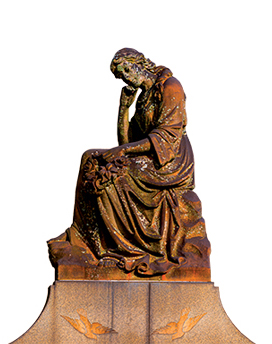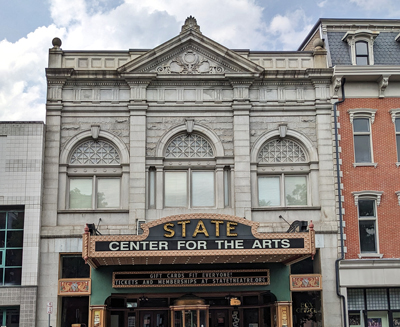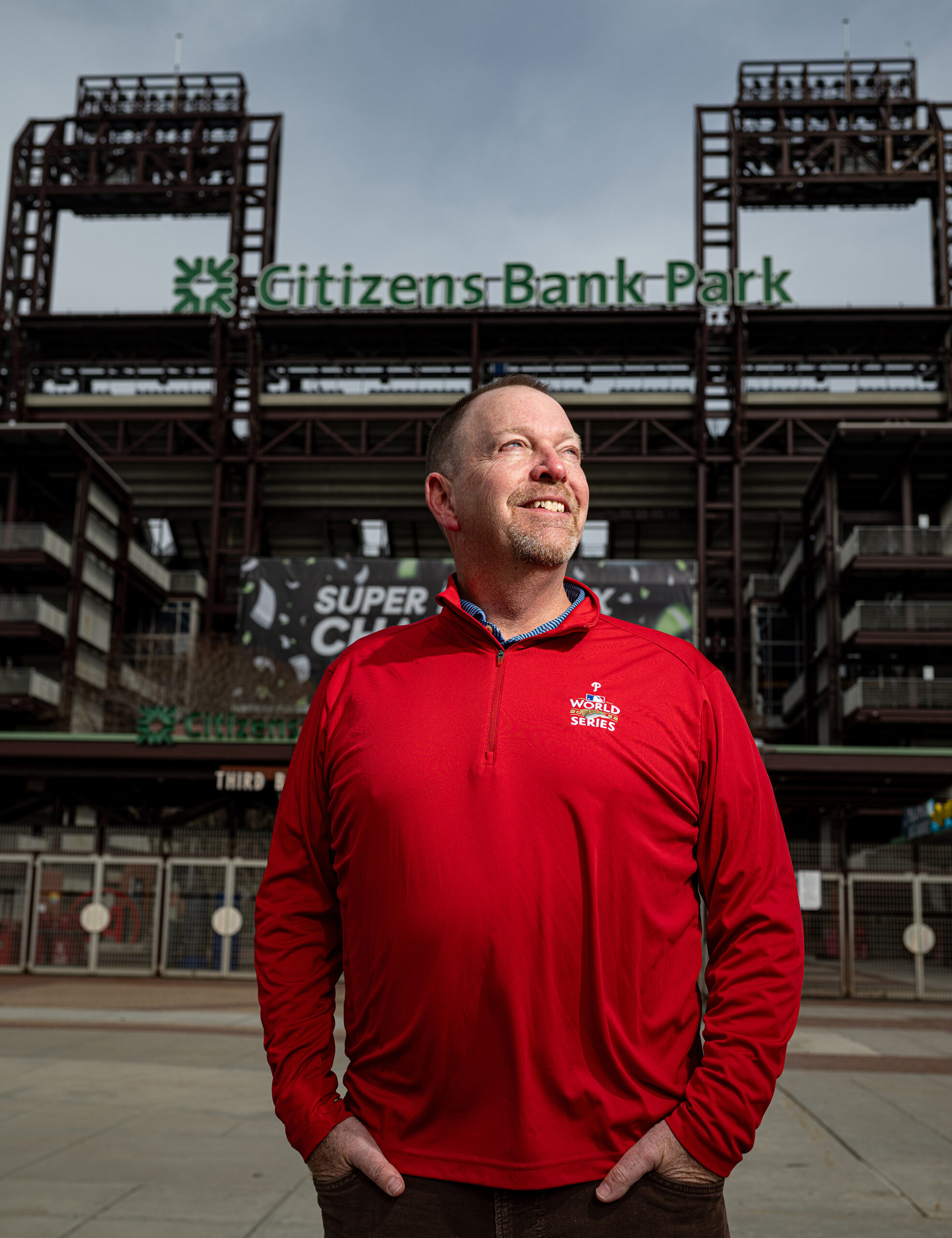Local legacy
Paul Barclay, professor of history, is working to preserve the names and stories behind Easton Cemetery.

Motivated by a long-standing interest in Easton’s past, Paul Barclay joined the board of directors of Easton Cemetery in November 2022, offering his research skills to document a treasury of stories behind thousands of names, dates, and epitaphs etched on modest headstones and elaborate memorials.
Inside the cemetery’s Victorian-era office on the northern end of Seventh Street in Easton’s West Ward, Barclay is regularly found leafing through brittle leather-bound 19th-century internment records, many written with impeccable pen-and-ink strokes, and other dusty files and ledgers in need of proper curation. He works alongside the Geology Department’s John Wilson, in addition to Skillman Library’s Ana Ramírez Luhrs, Caleb Gallemore of the International Affairs Program, and student research assistants Andrew Bowsher ’24 and Ella Clabaugh ’25.
Their goal is to digitize the history of this important burial ground and make its information more accessible online. They expect to complete a beta version of a digitized map this year. “What’s fascinating is how the grave markers indicate the socioeconomic spread of this community,” says Barclay, explaining that each location offers a story. “It’s just like being among the living. Some of us live on Park Avenue; some of us lack fixed addresses of any kind.”
Established in 1849 and added to the National Register of Historic Places in 1990, Easton Cemetery is considered one of the earliest and best surviving examples of a parklike cemetery in the Lehigh Valley. Take a stroll around the historic property with these five things in mind.
1.
Covering 84 sloping wooded acres, the cemetery is Easton’s largest green space. The property holds more than 42,000 gravesites, but is also used as an arboretum, outdoor sculpture garden, and trail system for Easton community members.
2.
More than 30 of Lafayette College’s forebears, Revolutionary War veterans, and other influencers of early America—like George Taylor, who signed the Declaration of Independence—rest here.
3.
The obelisk-shaped tombstone of James Henry Coffin, who came to Lafayette College in 1846 as a pioneering meteorologist affiliated with the new Smithsonian Institute, has Earth engraved on it.
4.
A grand memorial in “Section S” honors composer Thomas Coates, who is considered to be a founder of band music in America. He led Pomp’s Cornet Band, which served the 47th Pennsylvania Volunteer Infantry Regiment when the Civil War broke out.
5.
A simple headstone marks the resting place of John Frederic Osterstock, who once managed the State Theatre in Easton. His ghost is said to haunt the State, and his legacy lives on as the namesake for the theater’s annual Freddy Awards.








